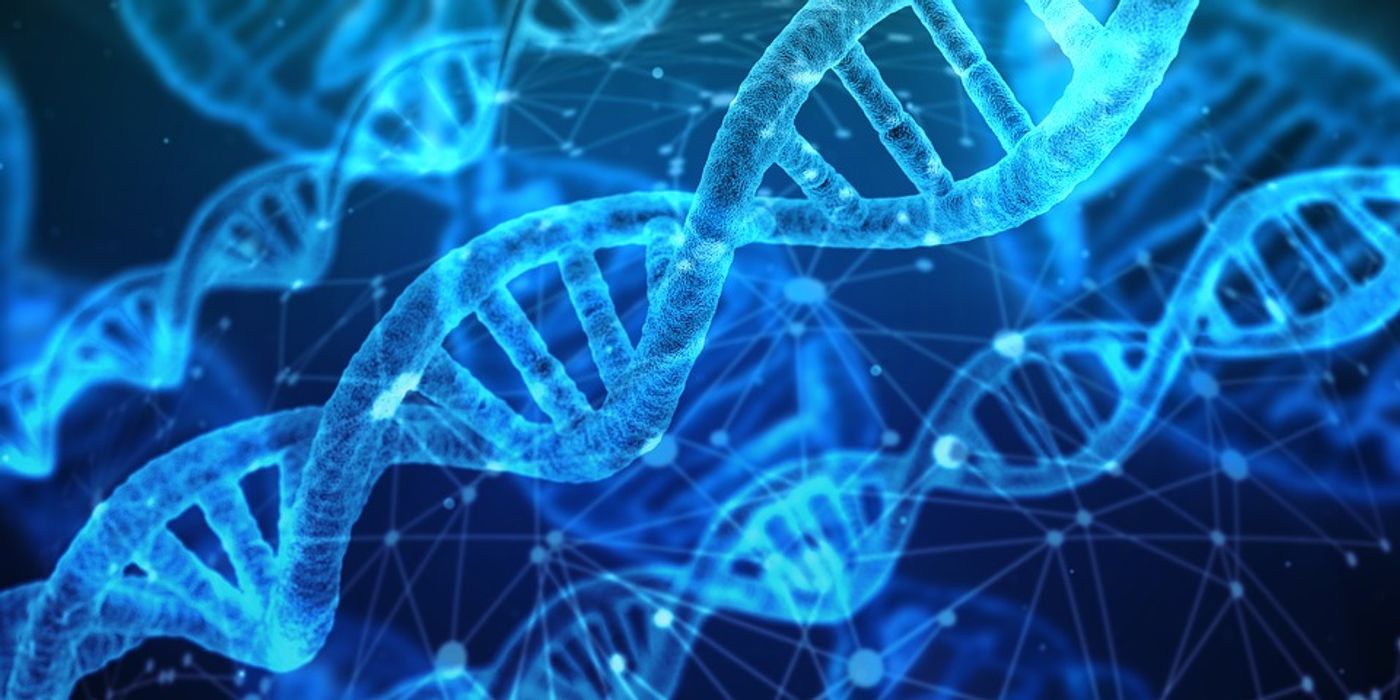A Cellular Mechanism for Repairing DNA Damage is Revealed
The cells in our body must constantly be renewed. Every time, the DNA in a cell has to be duplicated and distributed evenly between its daughter cells (the cell cycle is illustrated in the video). All that replicating is bound to introduce some errors into the genome. We are also exposed to environmental factors like carcinogens that can cause such damage. As those errors build up, it can eventually lead to serious health problems like cancer. But our cells also have natural ways to repair those damaging errors. Now, scientists at the University of Copenhagen have identified one such process, which allows human cells to stop picking up new mutations as they replicate. Special proteins surround the damaged DNA, shielding it until it can be repaired. The findings have been reported in Nature Cell Biology.
“We have discovered a specific mechanism in human cells that delay propagation of DNA damage in successive generations of dividing cells. This discovery helps us understand how our bodies protect themselves from many types of cancer,” explained Professor Jiri Lukas, Head of the Chromosome Stability and Dynamics Group and Executive Director of the Novo Nordisk Foundation Center for Protein Research at the University of Copenhagen.
In previous work, Lukas’ group has found that tiny structures called 53BP1 nuclear bodies protect DNA from damage caused during replication. In this study, they fluorescently labeled the 53BP1 nuclear bodies within human cells over generations. That enabled them to observe damaged DNA in mother cells as it moved to daughter cells.
Through this meticulous effort, the researchers found that daughter cells can send their 53BP1 nuclear bodies to the site of inherited DNA lesions. Thus, they get a chance to repair inherited genetic errors. It seems that an enzyme called RAD52 is a crucial player in this process as well; as a member of a tumor-suppressing family, it guards against genetic mutations that can lead to cancer.
"53BP1 nuclear bodies delay cell division in daughter cells in order to reach the only remaining time in their lifecycle when they can mend DNA lesions that their mother caused but could not fix. This second chance is vital because it is also the last one. We have predicted and then experimentally documented that a failure of this second chance converts the initially curable DNA damage to one that can no longer be fixed. Accumulation of such mishaps could lead to disease, including cancer," said Assistant Professor Kai John Neelsen of the Novo Nordisk Foundation Center for Protein Research.
This work could help in the development of new cancer therapeutics. Cancer drugs often disrupt the rapid cell division that’s typical of cancer growth, so the timing of DNA repair must be considered when creating new drugs and attempting to minimize side effects from treatments that are already in use.
“Our work reveals unexpected ways in which cells deal with inherited DNA damage. With the identification of the key proteins driving this process, we have laid the foundation for investigations into potential therapeutic applications,” said postdoctoral fellow Julian Spies of the Novo Nordisk Foundation Center for Protein Research at the University of Copenhagen.
Sources: AAAS/Eurekalert! via University of Copenhagen the Faculty of Health and Medical Sciences, Nature Cell Biology









